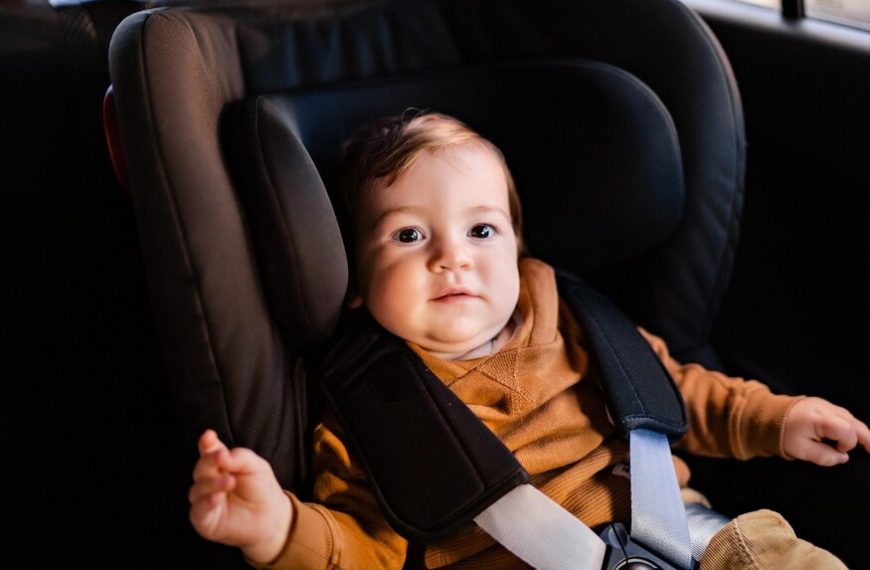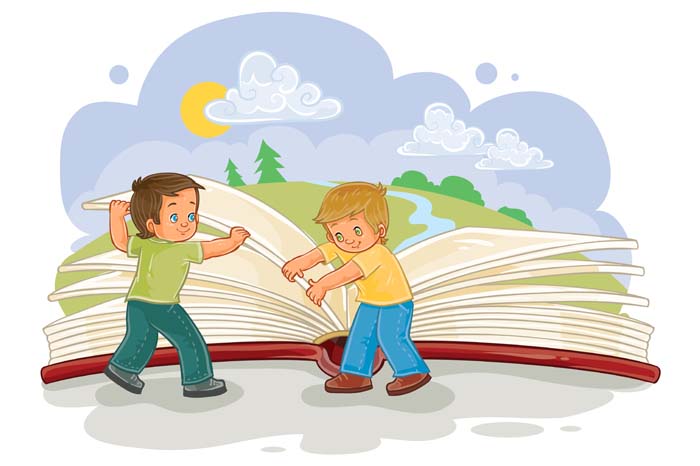Tips for Ensuring Child Car Seat Safety
When it comes to safeguarding our young passengers on journeys, child car seat safety is of the utmost significance. Injury risk can be greatly decreased by properly installing and selecting a car seat. We will provide you with the crucial advice you need to ensure child car seat safety in this extensive guide. You may establish a safe and secure atmosphere for your child when travelling by adhering to these rules. Please keep in mind that our top focus is their safety.
- Selecting the Right Child Car Seat
- Installing the Child’s Car Seat Correctly
- Understanding Child Car Safety Rules
- Proper Use of Child Safety Seat
- Seek Professional Assistance
The first step in ensuring child car seat safety is selecting the right car seat. When choosing a car seat, take into account the following factors:
– Age and Weight Considerations: It’s important to pick a car seat that is appropriate for the age and weight of your child. Infants and newborns up to a particular weight are intended for rear-facing baby seats. In order to accommodate larger children, convertible car seats can be used in both rear-facing and forward-facing positions.
– Child Car Seat Safety Rules: Search for car seats that adhere to the required safety standards, such as the European Safety Standard (ECE R44/04) or the more recent i-Size (ECE R129) regulation. These specifications guarantee that the car seat has undergone thorough testing and satisfies the necessary safety requirements.
– Proper Fit and Support: Your child should be securely and snugly fit in the car seat. To guarantee correct fit, check the manufacturer’s recommended weight and height limits. You should be able to modify the harness straps to fit your child’s growth. Choose a car seat that offers your child plenty of support and comfort, with features like padding, head and neck support, and adjustable reclining levels.
For maximum child car seat safety, the car seat must be installed correctly. To guarantee proper installation, take the following actions:
– Consult the manual: Start by reading the car seat handbook thoroughly. Learn the installation instructions and recommendations from the manufacturer. There can be unique installation requirements for every car seat.
– Positioning: Place rear-facing car seats in the centre of the backseat, if possible. In the event of a collision, this posture provides the most protection. When installing forward-facing seats, make sure to follow the manufacturer’s instructions and the owner’s manual for your car.
– Use the seat belt or the ISOFIX system, if it is available, to firmly fasten the car seat. If you’re wearing a seat belt, be sure it’s positioned in the way the manufacturer recommends. If utilising ISOFIX, confirm that the connectors are securely fastened to the vehicle’s anchor points.
– After installation, test for tightness by holding the base of the car seat and trying to move it forward and backward as well as side to side. In no direction should the seat budge more than an inch.
To ensure adherence and maximise protection, become familiar with child car safety regulations:
– Rear-Facing Position: It is advised to keep newborns in rear-facing car seats until they exceed the weight or height restriction of the seat, usually around age 2. Rear-facing seats offer greater head, neck, and spine support, which lowers the risk of injury in the event of a frontal crash.
– Age and Weight Transitions: To know when to move from rear-facing to forward-facing seats and then to booster seats, refer to the instructions provided by the car seat manufacturer. Typically, the transition is determined by the child’s age, weight, and height. Make sure your child satisfies the minimal needs for the following stage and try not to rush the transfer.
– No Sharing: Do not let more than one child use the same seat belt or buckle. Each child should have a dedicated seat in a car seat or booster seat that is suitable for their age.
Correct use of the child safety seat is crucial for protection:
– Make sure the harness straps are tightly fastened to your child. When your child is facing rearward, the straps should be adjusted to accommodate their size, without twisting, and appropriately placed at or above their shoulders when they are looking forward. Make sure the straps are gap-free and flat against the child’s body.
– Chest Clip: To stop the harness straps from slipping off the shoulders, use the chest clip at armpit level. The clip aids in maintaining the straps’ appropriate alignment and security.
– Avoid wearing your child in bulky apparel that can get in the way of the car seat’s strap system. During a run, heavy jackets or coats may compress.
– Regular Inspections: Check the car seat frequently for any indications of wear and tear, damage, or missing components. To make sure the seat is still within the recommended usage window, check the expiration date on the seat. If necessary, replace or fix the car seat while adhering to the manufacturer’s instructions.
When in doubt, get expert advice to make sure your child is as secure as possible:
– Make an appointment to speak with a qualified technician for child passenger safety for advice on the correct installation and use of a car seat. These technicians can offer insightful advice and help because they have received specialised training.
– Local Resources: Find out if there are any educational initiatives that give support and resources in your area, such as car seat check stations. You can use these resources to make sure your child’s car seat is properly used and placed.
– Contact the manufacturer’s helpdesk or customer support if you have any specific questions or issues with your car seat. They can answer any questions you may have and give you the correct information.
You can drastically lower the risk of injuries and give your child a safe and secure travelling experience by paying attention to these child car seat safety rules. Remember that your child’s safety depends on you purchasing a high-quality car seat and using it properly. Put your child’s safety first, abide by child car safety regulations, and make every trip joyful and safe. The well-known brand in early childhood education, EuroKids, is committed to both safety and holistic development. Visit our website to learn more about our nurturing programs and secure your child’s future.














